Global Trends and the Evolving Role of Dehydrated Mica in Advanced Materials
In the rapidly evolving landscape of industrial materials, the demand for high-performance, resilient, and sustainable solutions has never been more pronounced. Among the myriad of minerals crucial for modern manufacturing, dehydrated mica stands out as a material of increasing strategic importance. This calcined form of mica, distinguished by its exceptionally low moisture content and enhanced thermal stability, is pivotal across a diverse array of sectors, from construction and automotive to electronics and specialized coatings. The global market for mica, encompassing both natural and processed forms, is projected to grow significantly, driven by innovations in electric vehicles, advanced electronics, and eco-friendly building materials. Projections indicate a compound annual growth rate (CAGR) of approximately 4.5% for the global mica market from 2023 to 2030, reflecting its irreplaceable properties in high-stress applications.
A key factor contributing to this growth is the relentless pursuit of materials that can withstand extreme conditions, offer superior insulation, and contribute to product longevity. Traditional mica, while possessing excellent properties, often contains bound water that can become problematic at elevated temperatures, leading to delamination or reduced performance. The calcination process transforms raw mica into dehydrated mica, eliminating this issue and opening new avenues for its application in high-temperature environments. Furthermore, the presence of mica in sand deposits often indicates a natural abundance, positioning mica as a readily available yet highly valuable mineral resource. This inherent availability, coupled with advanced processing techniques, ensures a stable supply chain for industries reliant on this critical material. The convergence of strict regulatory standards for material performance, coupled with a global push for energy efficiency and reduced environmental footprint, further cements the position of calcined mica as an indispensable component in next-generation industrial products.
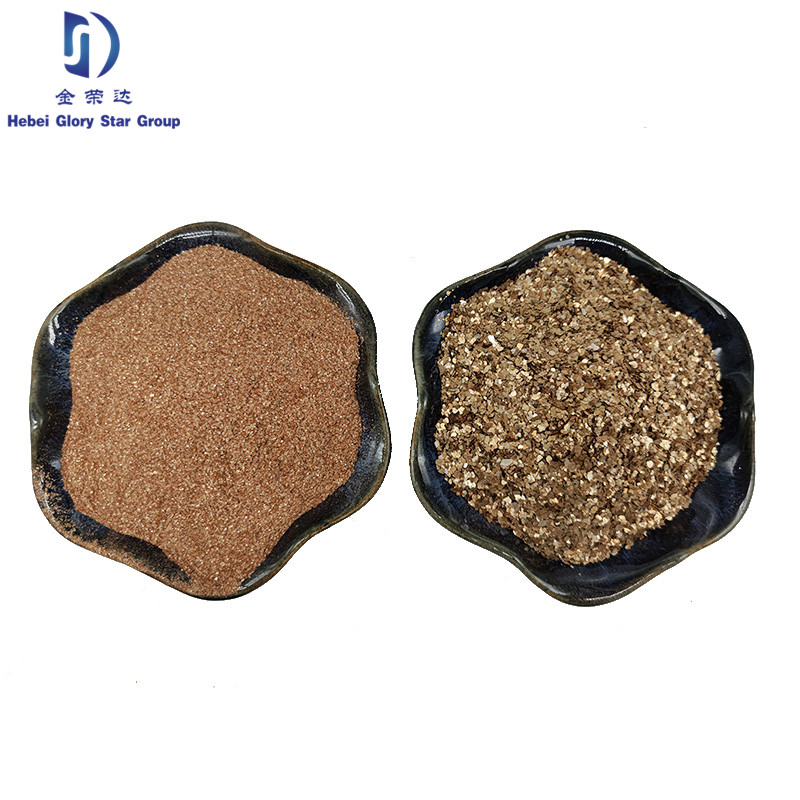
Unyielding Performance: Technical Parameters and Specifications of Building Materials Dehydrated Mica
The superior performance of Building Materials Dehydrated Mica Calcinated Mica For Welding / Painting / Rubber stems directly from its meticulously controlled technical specifications and the transformational effects of the calcination process. Unlike raw mica, which typically contains 3-5% bound water, dehydrated mica undergoes a high-temperature treatment that expels this structural water, resulting in a material with significantly enhanced thermal stability, dielectric strength, and chemical inertness. This makes it an ideal filler and reinforcing agent for applications where integrity under high heat, electrical insulation, and chemical resistance are paramount. Key parameters such as specific gravity, Mohs hardness, and particle size distribution are precisely managed to meet stringent industry requirements, ensuring consistent quality and performance across various end-uses. For instance, in welding electrodes, the fineness and purity of the calcined mica influence arc stability and slag detachability, while in paints, its platy structure provides excellent barrier properties against moisture and corrosion.
The ability of dehydrated mica to maintain its structural integrity and insulating properties at temperatures exceeding 800°C makes it indispensable in specialized industrial applications. Its low thermal expansion coefficient ensures dimensional stability, preventing cracking or warping in composite materials subjected to thermal cycling. Furthermore, its non-toxic, non-combustible, and non-fibrous nature enhances safety in manufacturing and end-user environments. Strict adherence to international standards like ISO 9001 and specific ASTM test methods ensures that batches of this specialized mica consistently deliver the required performance characteristics. The following table provides a general overview of typical technical parameters for high-grade Building Materials Dehydrated Mica, demonstrating its robust properties that contribute to superior product longevity and efficiency across diverse industrial sectors.
| Parameter | Typical Value | Significance in Application |
|---|---|---|
| Moisture Content | < 0.5% | Ensures stability at high temperatures, prevents bubbling/cracking in coatings/plastics. |
| Thermal Resistance | Up to 1000°C | Critical for welding electrodes, high-temp paints, friction materials. |
| Specific Gravity | 2.8 - 3.0 g/cm³ | Influences formulation density and suspension properties. |
| Mohs Hardness | 2.8 - 3.2 | Contributes to abrasive resistance in coatings and durability in composites. |
| Dielectric Strength | 200-300 kV/mm | Excellent electrical insulation for rubber, plastics, and electronic components. |
| Chemical Inertness | Resistant to acids, alkalis, solvents | Enhances corrosion resistance in paints, durability in various chemical environments. |
| Particle Size | Varies (e.g., 20 mesh to 325 mesh) | Tailored for specific applications: coarse for friction, fine for paints. |
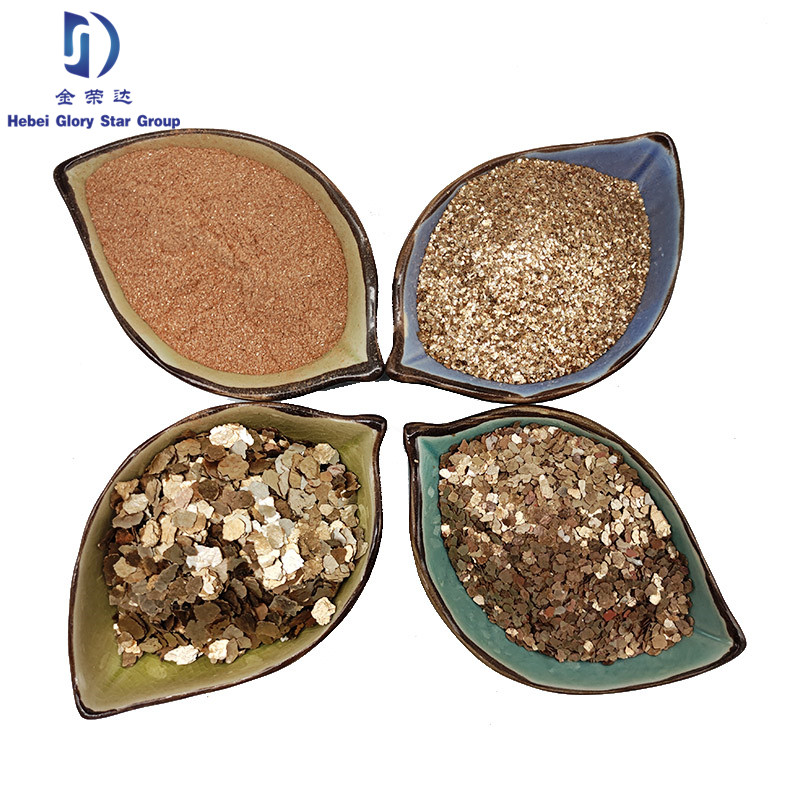
The Science of Transformation: Detailed Manufacturing Process of Dehydrated Mica
The production of Building Materials Dehydrated Mica Calcinated Mica is a sophisticated process that transforms raw phlogopite or muscovite mica into a high-performance industrial mineral. This process is critical for imparting the unique characteristics that differentiate dehydrated mica from its raw counterpart. It begins with the careful selection of high-quality mica flakes, often sourced from controlled quarries where the purity and structural integrity of the natural mineral are assured. Once extracted, the raw mica undergoes initial cleaning to remove impurities such as quartz, feldspar, and other mineral contaminants. This pre-treatment step is crucial for ensuring the final product's purity and consistent performance. Following cleaning, the mica flakes are fed into high-temperature rotary kilns or furnaces, where they are subjected to calcination at precisely controlled temperatures, typically ranging from 800°C to 1000°C. This intense thermal treatment causes the bound hydroxyl groups within the mica's lattice structure to decompose and escape as water vapor, leading to the "dehydration" of the mineral.
The calcination phase is meticulously monitored to prevent over-firing, which could alter the mica's platy structure, or under-firing, which would leave residual moisture. Post-calcination, the hot, calcined mica is carefully cooled in a controlled environment to prevent thermal shock and maintain its structural integrity. The cooled material is then processed through a series of grinding and milling stages, often utilizing specialized pulverizers, to achieve the desired particle size distribution. This can range from coarse flakes for applications requiring bulk density and reinforcement to ultrafine powders for intricate coatings and fillers. Advanced processing techniques, including air classification, are employed to ensure precise particle sizing and uniformity, crucial for meeting the stringent specifications of various industries. Throughout this entire manufacturing cycle, rigorous quality control checks are implemented at every stage, from raw material inspection to final product testing. Compliance with international standards such as ISO 9001 for quality management systems and specific ASTM or ANSI standards for material testing is paramount, ensuring that each batch of dehydrated mica meets the highest benchmarks for performance, reliability, and longevity. The resulting material exhibits enhanced thermal resistance, electrical insulation properties, and chemical inertness, making it highly advantageous in industries like petrochemical (for sealants and gaskets), metallurgy (for flux coatings), and general manufacturing (for heat-resistant composites).
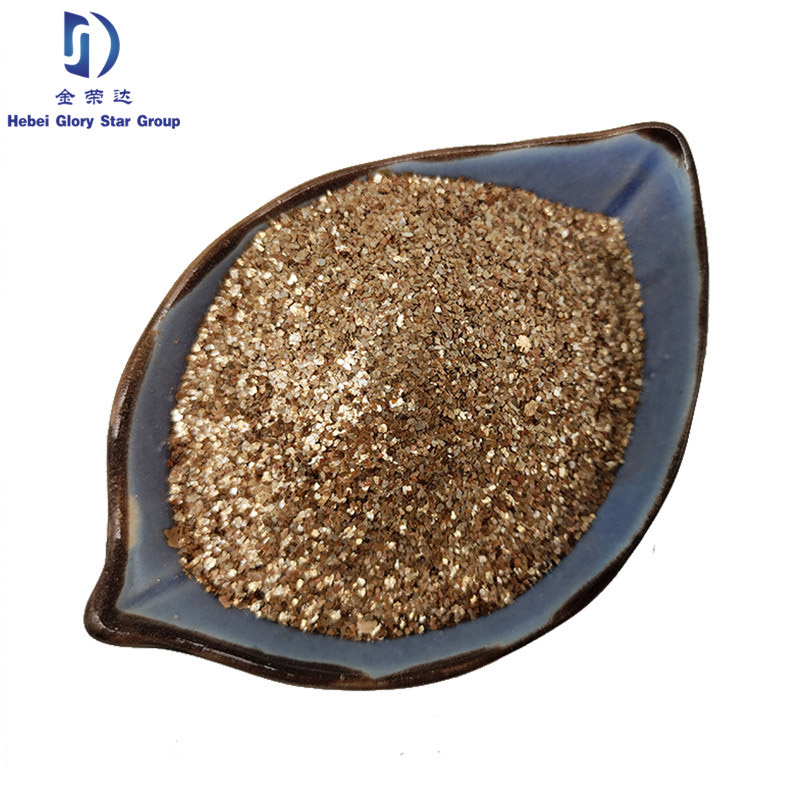
Diverse Industrial Footprint: Application Scenarios of Dehydrated Mica
Building Materials Dehydrated Mica Calcinated Mica for Welding / Painting / Rubber demonstrates remarkable versatility across a multitude of high-performance industrial applications, driven by its unique properties. In the welding industry, specifically for electrode manufacturing, dehydrated mica serves as a critical component in flux coatings. Its high thermal stability and excellent arc-stabilizing properties ensure consistent and clean welds, reducing splatter and improving overall weld quality. The inert nature of the calcined mica also contributes to the prevention of hydrogen embrittlement, a common issue in high-strength steel welding, thereby extending the lifespan and integrity of welded structures. This application underscores its role in enhancing the safety and efficiency of critical infrastructure projects. Similarly, in the realm of paints and coatings, dehydrated mica acts as a superior functional filler, imparting enhanced barrier protection, UV resistance, and improved film integrity. Its platy structure forms a tortuous path for moisture and corrosive agents, significantly extending the lifespan of coated surfaces in harsh environments, from industrial pipelines to marine vessels.
Beyond welding and coatings, the utility of dehydrated mica extends significantly into the rubber and plastics industries. Here, it is incorporated as a reinforcing filler, improving dimensional stability, stiffness, and heat resistance of polymer compounds. In automotive components, for example, its inclusion can lead to lighter, more durable parts that perform reliably under elevated temperatures, contributing to fuel efficiency and extended vehicle life. The material's excellent dielectric properties also make it an ideal choice for electrical insulation applications within rubber and plastic matrices, crucial for wiring, cables, and electronic housings. Furthermore, dehydrated mica finds increasing use in friction materials, where its thermal stability and lubricating properties contribute to improved braking performance and reduced wear in brake pads and clutch facings. In construction, it serves as a fire-resistant additive in gypsum boards and insulation materials, enhancing building safety. This broad spectrum of applications, from specialized welding consumables to advanced building materials, solidifies dehydrated mica's position as an indispensable ingredient in manufacturing processes demanding superior performance, longevity, and safety.
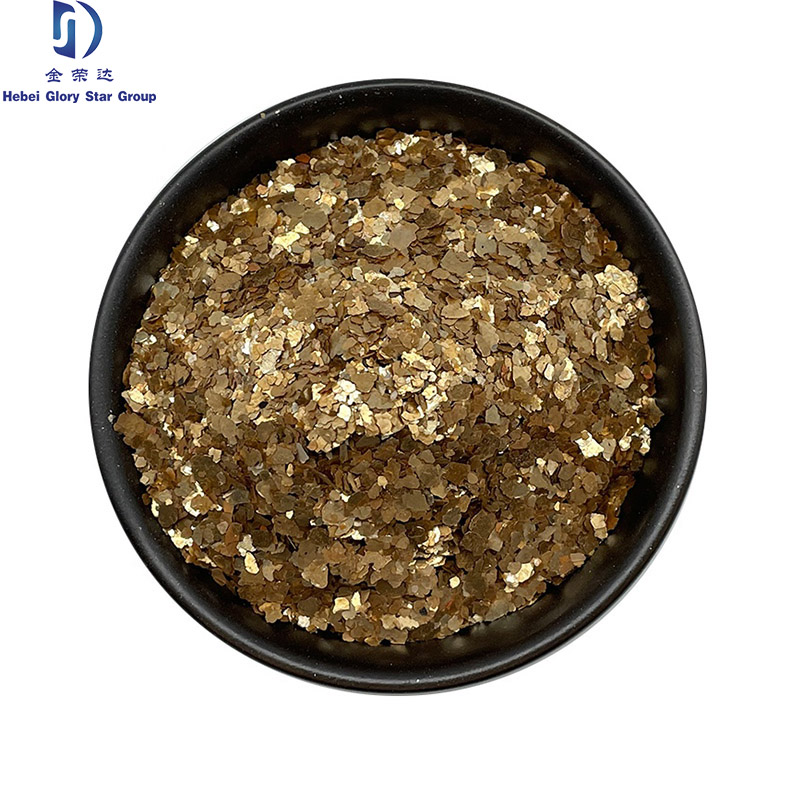
Unlocking Performance: Core Technical Advantages of Dehydrated Mica
The technical advantages of Building Materials Dehydrated Mica Calcinated Mica are profound, setting it apart as a premier functional filler and additive in comparison to traditional minerals or even untreated mica. Its defining characteristic is its exceptional thermal stability, a direct result of the calcination process that eliminates chemically bound water. This allows dehydrated mica to withstand temperatures up to 1000°C without significant degradation, an attribute critical for high-temperature applications such as welding electrode coatings, high-heat paints, and friction materials. In contrast, raw mica begins to dehydroxylate and lose structural integrity at much lower temperatures, typically around 500-600°C. This enhanced thermal resistance translates directly into extended product lifecycles and improved safety in high-stress operational environments. Furthermore, the very low moisture content of calcined mica prevents volatile emissions during processing of plastics and rubbers, which can lead to blistering or defects, ensuring a smoother, more uniform final product.
Beyond thermal resilience, dehydrated mica offers superior electrical insulation properties. Its high dielectric strength and low dielectric constant make it an ideal choice for insulating components in electronics and electrical systems, providing reliable protection against current leakage and short circuits. This is particularly valuable in the growing sectors of electric vehicles and renewable energy infrastructure. The mineral's platy, lamellar structure imparts excellent mechanical reinforcement to polymers, increasing flexural modulus, tensile strength, and impact resistance while maintaining lightweight properties. This characteristic contributes to material optimization, potentially leading to energy savings by reducing the weight of components. Additionally, its chemical inertness ensures resistance to a wide range of acids, alkalis, and solvents, preventing degradation and maintaining performance in corrosive industrial settings. This combination of thermal, electrical, mechanical, and chemical advantages makes dehydrated mica a cost-effective solution for engineers and manufacturers aiming to enhance product performance, durability, and compliance with stringent industry standards, offering a clear edge over alternative materials.
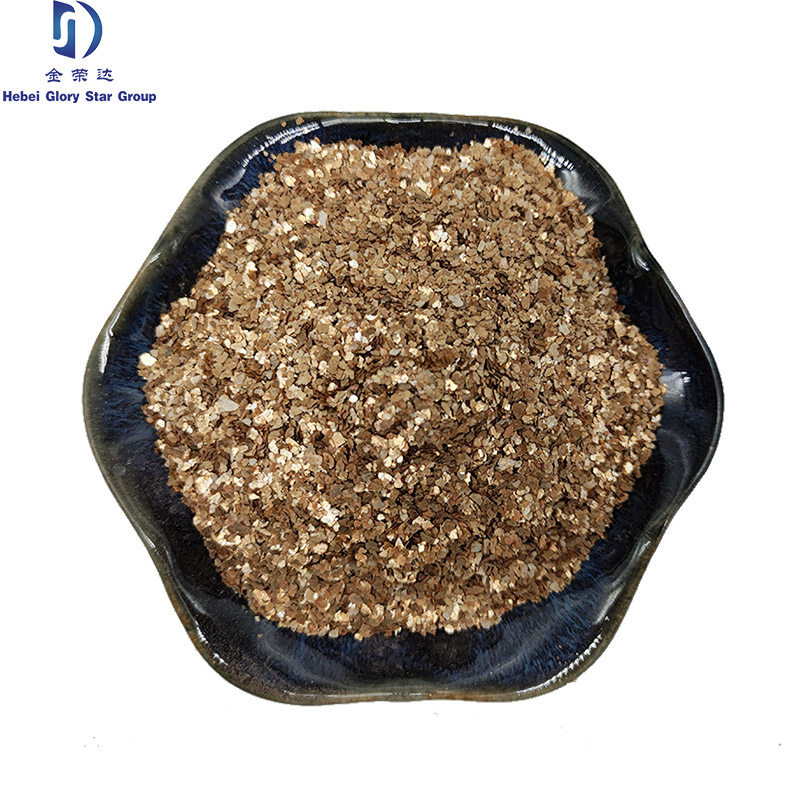
Strategic Partnerships and Tailored Solutions: Customizing Dehydrated Mica for Optimal Performance
In a competitive global market, selecting the right supplier for Building Materials Dehydrated Mica Calcinated Mica is as crucial as the material itself. A reputable manufacturer differentiates itself not merely by product availability but by a steadfast commitment to quality control, technical support, and the ability to offer customized solutions. For discerning B2B buyers, evaluating manufacturers involves scrutinizing their adherence to international quality management systems, such as ISO 9001, which signifies a consistent approach to production and quality assurance. Furthermore, a proven track record of industry certifications, robust testing protocols, and transparency in product specifications builds immense trust. Leading suppliers often invest heavily in R&D, continuously refining their calcination processes and particle sizing technologies to meet evolving industrial demands. This proactive approach ensures that their dehydrated mica products remain at the forefront of performance and innovation, offering solutions that genuinely enhance end-product capabilities.
Beyond standardized products, the capacity for custom solutions is a cornerstone of modern B2B partnerships. Recognizing that each application presents unique challenges, top manufacturers of dehydrated mica collaborate closely with clients to tailor product specifications. This includes precise control over particle size distribution, ranging from coarse flakes to ultrafine powders (e.g., 20 mesh to 325 mesh), to optimize performance for specific formulations like paint rheology or rubber compound elasticity. Customization may also involve surface treatments to improve dispersion in various matrices or to enhance bonding characteristics. For example, a specialized surface modification could drastically improve the integration of dehydrated mica into a polymer blend, leading to superior mechanical properties without compromising processability. This bespoke engineering approach, coupled with comprehensive pre-sales consultation and post-sales technical support, ensures that clients not only receive a high-quality product but also gain a strategic partner committed to their success. Such partnerships leverage the manufacturer's deep industry expertise and extensive service history to address complex material challenges, driving efficiency and innovation across diverse industrial applications globally.
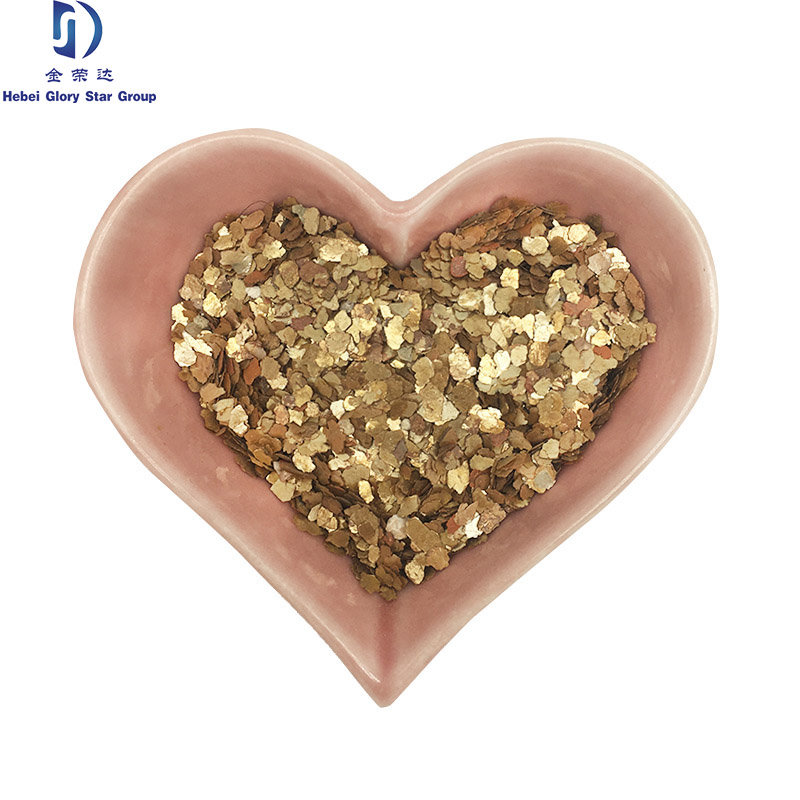
Transformative Impact: Key Application Cases and Success Stories
The tangible benefits of Building Materials Dehydrated Mica Calcinated Mica are best illustrated through its successful deployment in real-world industrial scenarios. One compelling case study involves its application in high-performance automotive coatings. A leading automotive manufacturer sought to enhance the durability and thermal resistance of their exterior paint systems, particularly for components exposed to significant heat fluctuations. By incorporating finely milled dehydrated mica, they achieved a marked improvement in film hardness, scratch resistance, and adhesion at elevated temperatures. The platy structure of the mica created a dense, interlocking barrier within the paint film, effectively reducing moisture ingress and UV degradation, extending the aesthetic and protective lifespan of the vehicles, and leading to fewer warranty claims related to paint degradation. This illustrates how a seemingly small additive can yield substantial improvements in product longevity and cost-efficiency.
Another notable application is in the development of advanced rubber compounds for industrial hoses used in petrochemical and mining industries. These hoses are frequently exposed to high temperatures, abrasive conditions, and aggressive chemicals. Integrating specific grades of dehydrated mica into the rubber matrix significantly enhanced the compound's tear strength, flexural fatigue resistance, and thermal aging properties. The improved thermal stability ensured that the hoses maintained their structural integrity and flexibility even under continuous operation at elevated temperatures, drastically reducing equipment downtime and replacement costs. This demonstrates the critical role of dehydrated mica in safeguarding operational continuity and improving safety in demanding industrial environments. These application cases, backed by rigorous testing and positive customer feedback, underscore the material's profound ability to elevate product performance across a spectrum of industries, proving its value as a strategic material investment for B2B stakeholders.

Ensuring Trust and Reliability: FAQs, Delivery, Warranty, and Support
Frequently Asked Questions (FAQs)
- Q: What is the primary difference between raw mica and dehydrated mica?
- A: The fundamental difference lies in the moisture content and thermal stability. Raw mica contains chemically bound water (hydroxyl groups) that can be released at high temperatures, causing structural changes. Dehydrated mica undergoes calcination, removing this bound water, thus enhancing its thermal resistance and dimensional stability significantly at elevated temperatures (up to 1000°C).
- Q: How does dehydrated mica improve welding electrode performance?
- A: In welding electrodes, dehydrated mica acts as a flux ingredient that improves arc stability, provides good slag detachability, and enhances bead appearance. Its high thermal stability ensures that the flux coating remains integral during the high temperatures of welding, preventing bubbling and improving overall weld quality and consistency.
- Q: Can dehydrated mica be customized for specific applications?
- A: Absolutely. Reputable manufacturers offer extensive customization options, including precise control over particle size distribution (e.g., fine powders for coatings, coarser flakes for composites), and even surface treatments to optimize dispersion and compatibility with various polymer matrices or chemical systems. This tailored approach ensures optimal performance for unique industrial requirements.
- Q: Is dehydrated mica safe for use in construction materials?
- A: Yes, dehydrated mica is inherently non-toxic, non-combustible, and non-fibrous, making it a safe additive for various building materials. It enhances fire resistance in products like gypsum boards and insulation, and improves durability and dimensional stability in composite panels, contributing to safer and more resilient structures. Its inertness means it doesn't react negatively with other common building components.
Reliable Delivery and Global Logistics
Understanding the critical nature of supply chain efficiency for B2B operations, we prioritize reliable and timely delivery of Building Materials Dehydrated Mica Calcinated Mica. Our robust logistics network, combined with strategic warehousing, ensures that your orders are processed and dispatched with utmost efficiency. We are capable of managing both domestic and international shipments, adhering to agreed-upon delivery schedules to support your production timelines without interruption. Our streamlined order fulfillment process is designed to minimize lead times and maximize supply chain predictability, providing peace of mind to our global clientele.
Product Warranty and Quality Assurance
Each batch of our Building Materials Dehydrated Mica Calcinated Mica is backed by a comprehensive product warranty, affirming our commitment to exceptional quality and performance. Our manufacturing processes are rigorously controlled and conform to international standards such as ISO 9001, with stringent quality checks at every stage, from raw material sourcing to final product packaging. Certificates of Analysis (CoA) are provided with each shipment, detailing the specific technical parameters and verifying that the material meets the agreed-upon specifications. This unwavering dedication to quality ensures that our dehydrated mica consistently delivers the superior performance expected by our industrial partners.
Dedicated Customer and Technical Support
Our commitment to our clients extends beyond product delivery. We provide comprehensive pre-sales consultation and dedicated post-sales technical support to ensure you maximize the benefits of Building Materials Dehydrated Mica Calcinated Mica in your applications. Our team of experienced technical specialists is available to assist with product selection, troubleshoot application challenges, and provide insights on optimizing formulations. From initial inquiry to ongoing operational support, our customer service is designed to be responsive, knowledgeable, and tailored to your specific needs, fostering long-term, successful partnerships.
Authoritative References
- U.S. Geological Survey. Mineral Commodity Summaries 2024. Mica.
- American Society for Testing and Materials (ASTM) Standards for Mica and Mica Products.
- International Organization for Standardization (ISO) 9001:2015 Quality Management Systems.
- "The Chemistry and Technology of Magnesia" by M. Schopfer and K. G. B. Schopfer, detailing calcination processes.
- "Fillers for Plastics Handbook" by J. D. Stachiw, discussing mineral fillers in polymer composites.
Post time: Aug-19-2025


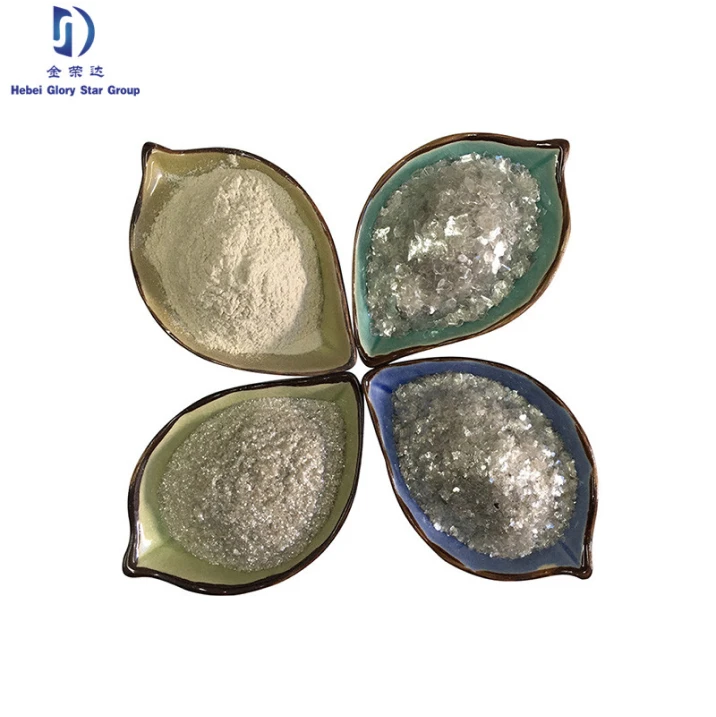
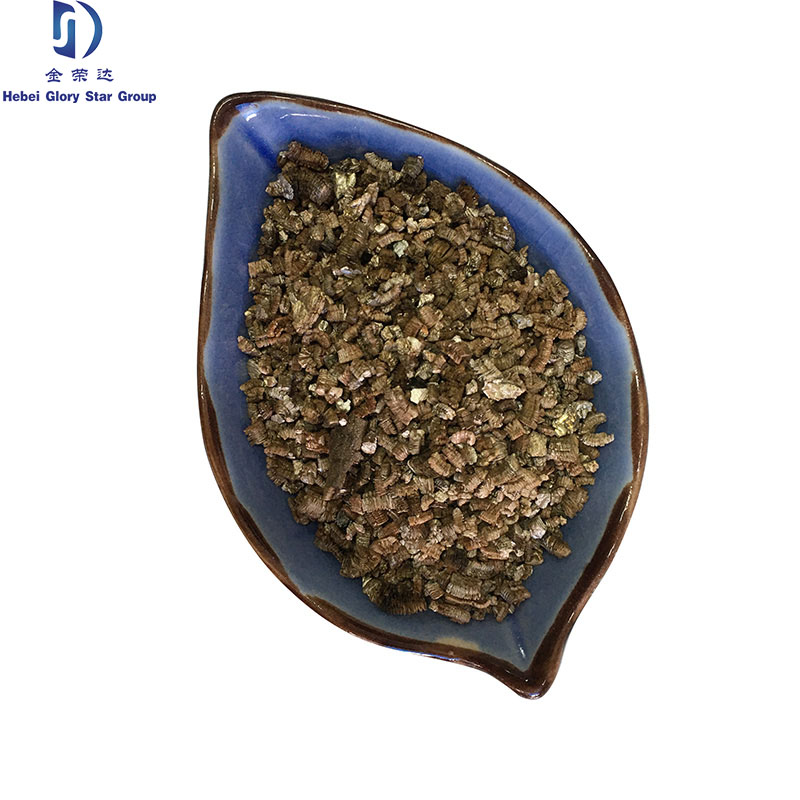
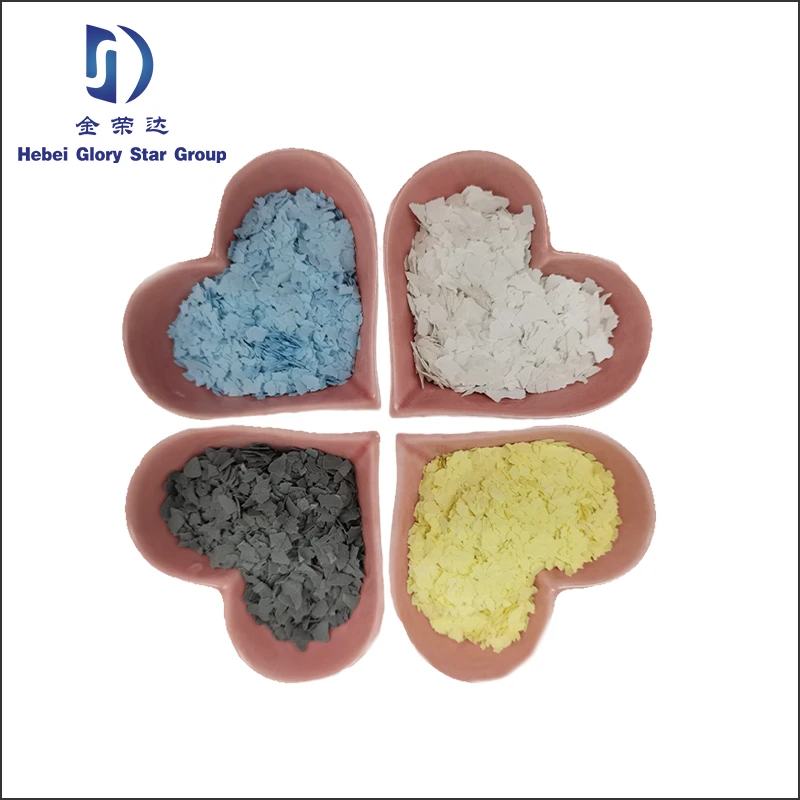
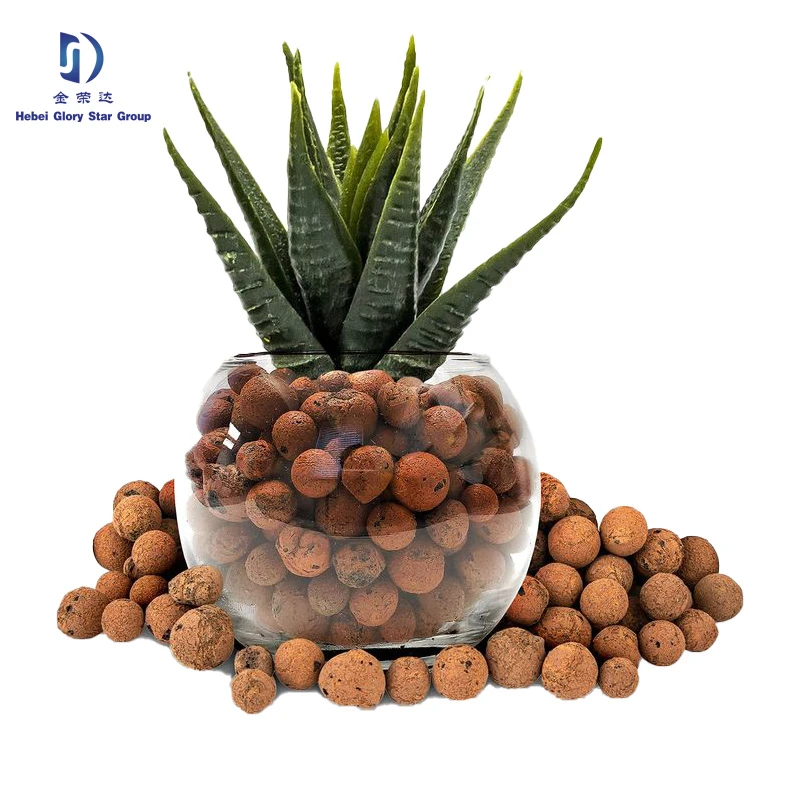
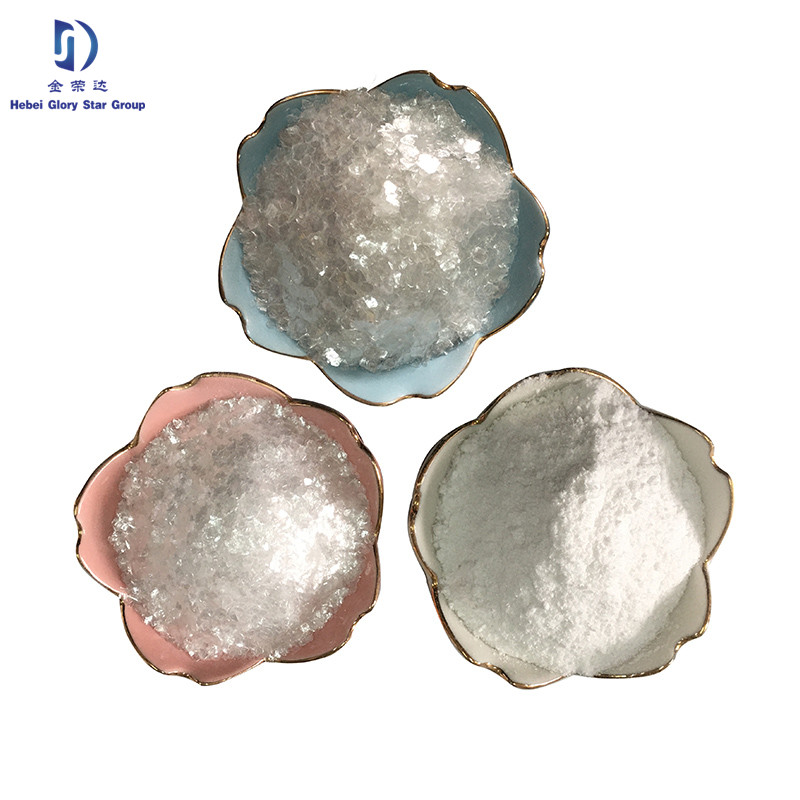
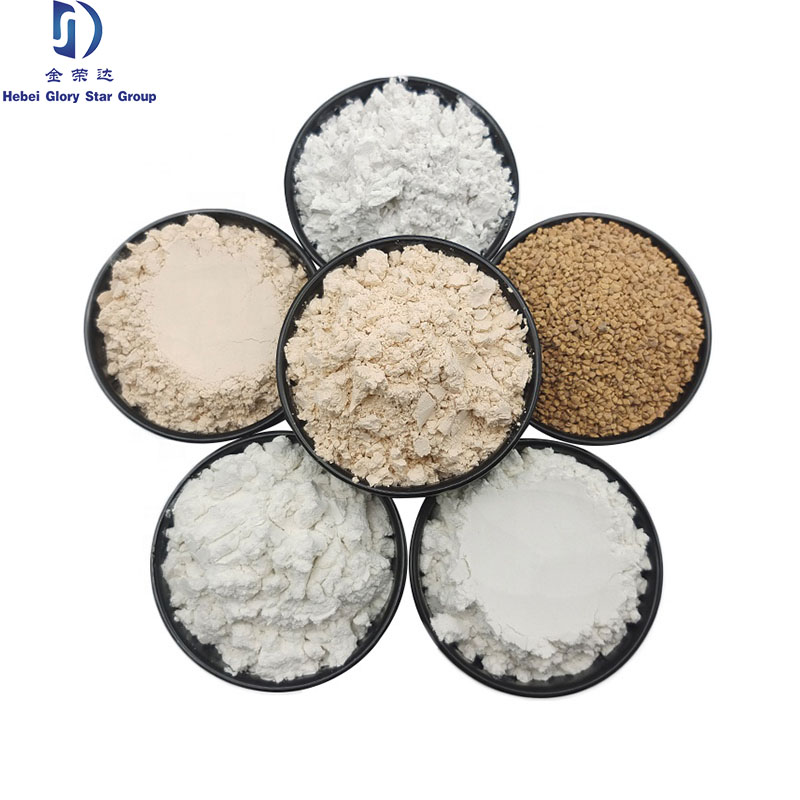
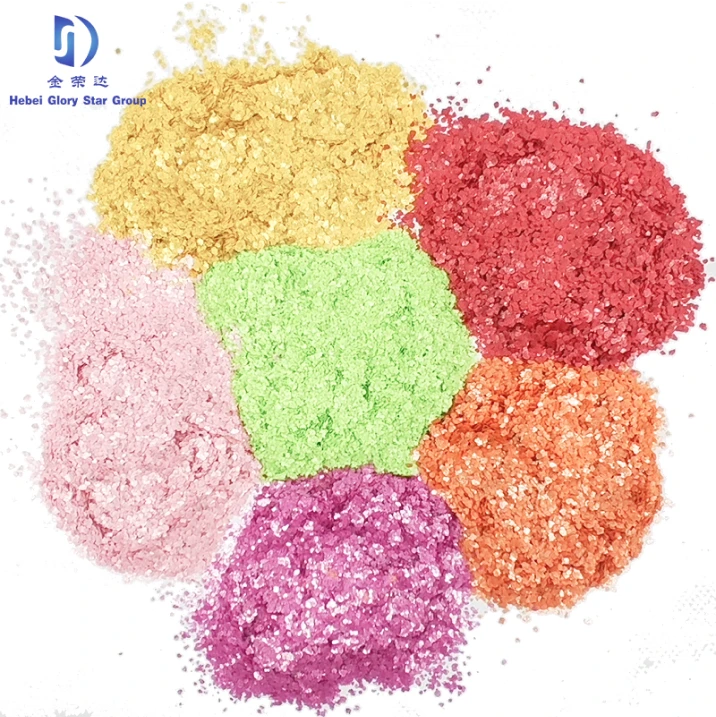
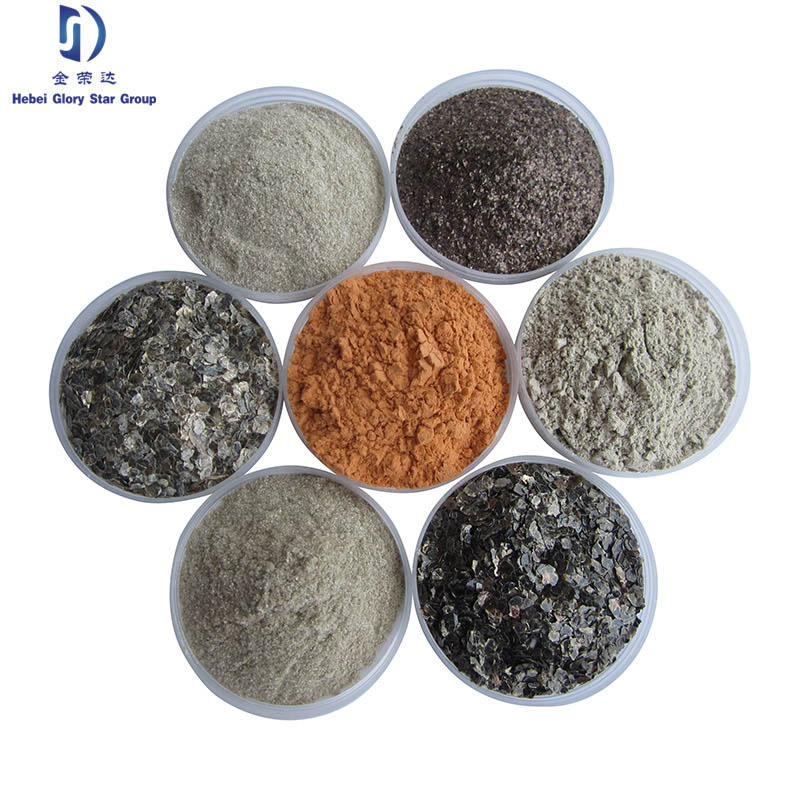
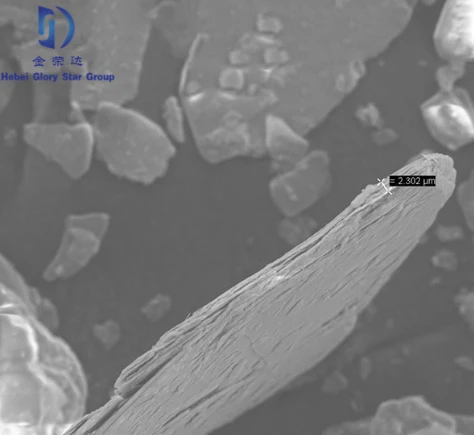
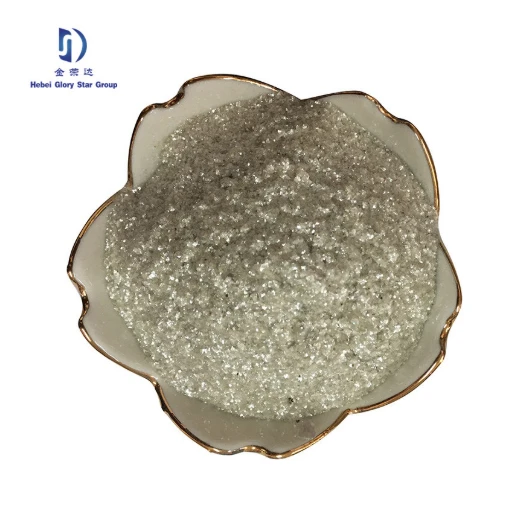
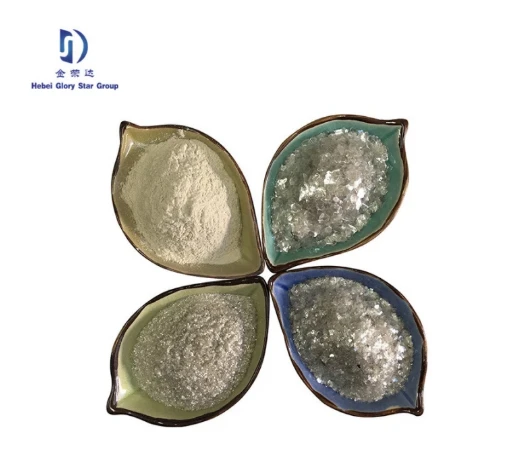
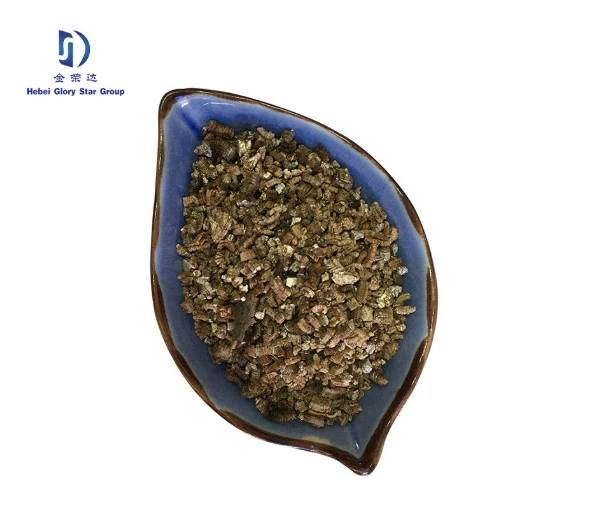
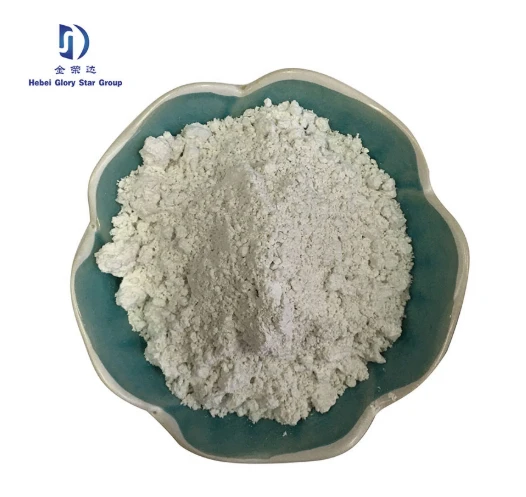
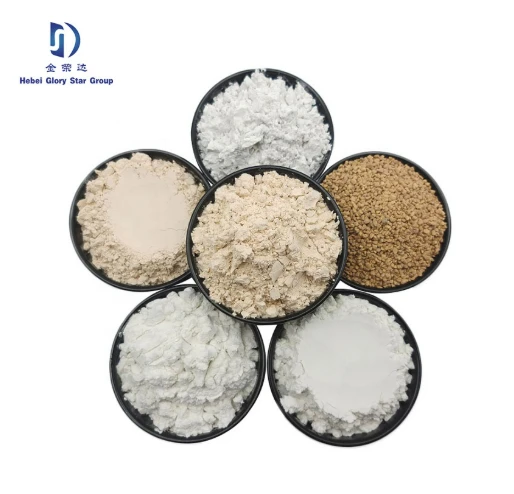
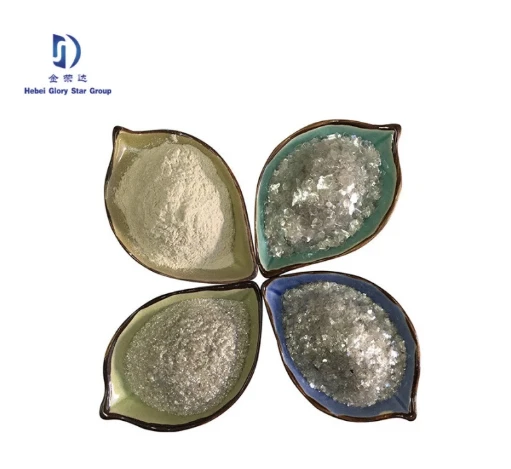
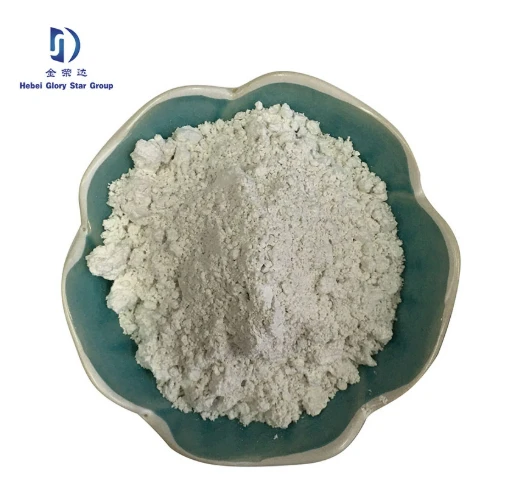
.png)









